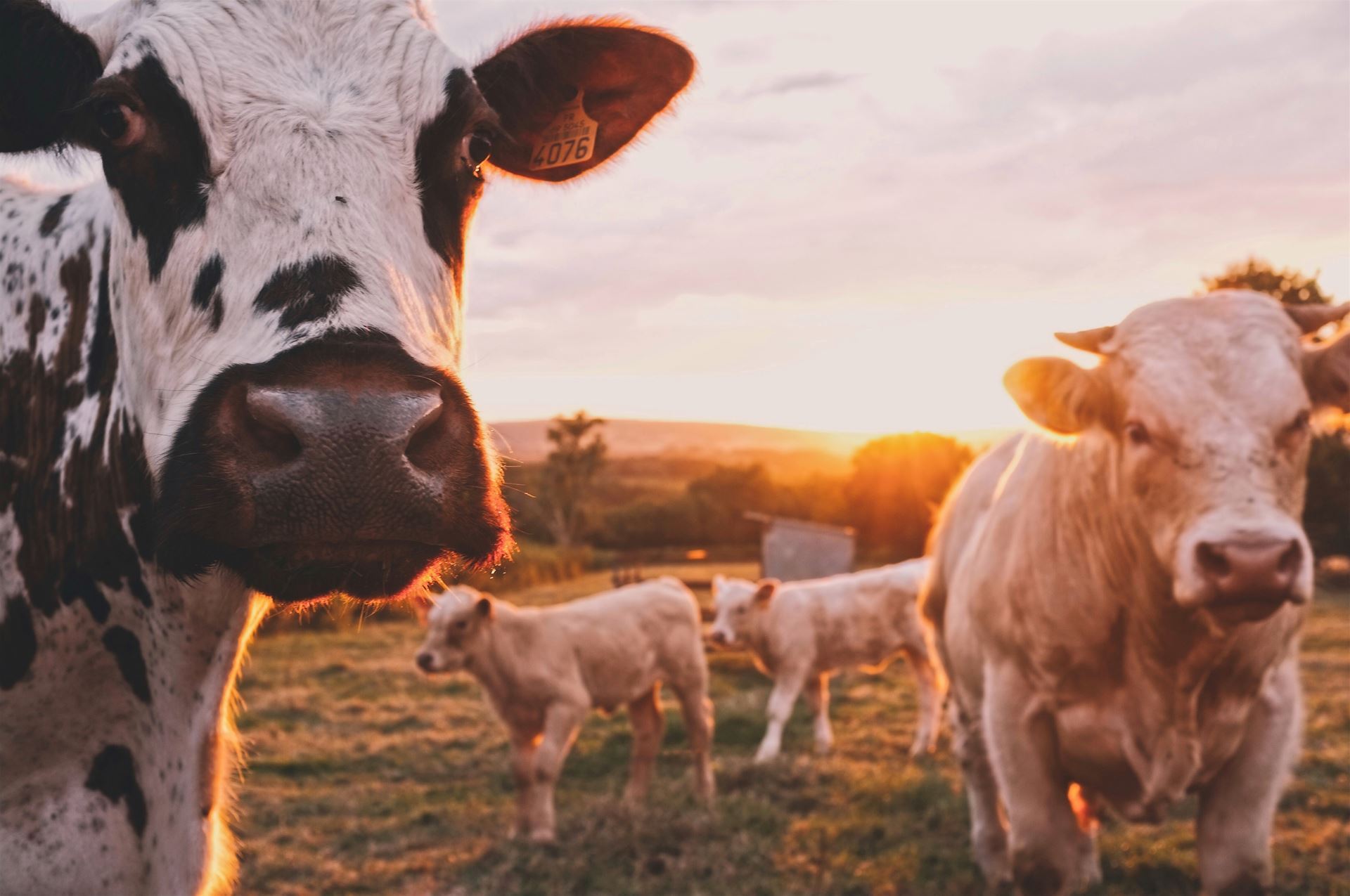
Photo by Stijn te Strake on Unsplash
I toss the overpriced ground beef into my basket, my latex gloves making an uncomfortable squeak as the plastic-wrapped package leaves my hands. I'm still unsure which pill is harder to swallow. Is it the point I am wearing more personal protective equipment to do my grocery shopping than I had as a research assistant in grad school? Or that this pack of hamburger costs an hour's wage?
With meat packaging plants in Alberta and BC scrambling to reopen after staff testing positive for COVID-19, this disruption to the beef and poultry supply chain is beginning to show at local supermarkets.
This isn't the first time the meat supply has been disrupted by a disease. Between 2014 and 2015, United States poultry producers had to slaughter more than 50 million chickens and turkeys because of the HPAI avian flu threat. The cull affected poultry farms across 15 states, threatening farmers' livelihoods, driving up the price of poultry, and ultimately resulting in more than 30 countries banning American poultry. The Canadian meat market isn’t immune to these challenges either. Alberta faced similar issues with the rise of mad cow disease in the mid-2000s.
So, whether it’s due to staffing issues, or zoonotic (animal born) diseases, how do we prevent supply chain disruptions in the agriculture-meat industry?
Future Fields, an Edmonton-based biotech company, proposes what seems like a near-impossible solution - to remove animals from the equation entirely. Founded by a group of socioeconomically motivated friends, the firm specializes in producing cell growth media. The growth media acts as the main nutrient or ‘food’ source for the cell and in turn, will be used by cellular agriculture companies to develop products such as lab-grown meat.
Such innovations could help ameliorate supply chain issues seen in traditional agriculture. It could also free up grain for human consumption by increasing the amount of arable land for crop growth and redirecting grain supplies from animal feed.
So how is lab-grown meat produced? Matthew Anderson-Baron, co-founder and chief scientific officer for the company, admits even he finds it a bit "sci-fi."
Anderson-Baron completed his PhD in Cell Biology from the University of Alberta, where he also recently finished a post-doc focused on culturing stem cells to grow into tissues such as cartilage.
"Cell agriculture can encompass any animal-derived product including milk or leather,” he says. “Meat is just the holy grail everyone is after."
The process begins by taking a small biopsy of animal tissue. In the case of meat, this means taking a sample from the kind muscle the desired cut of meat comes from. From here, scientists isolate stem cells from the tissue and put them in specialized media (provided by Future Fields), which contains signaling factors that tell them how to develop and grow.
“Depending on the signaling factors we give the stem cell population, we can create a variety of cell types from that single biopsy,” Anderson-Baron says.
Anderson-Baron admits this isn't the full equation. Some types of meat are more natural to replicate than others.
"The most straightforward product is probably ground beef," he says, "Things like steak get a bit more complicated as the cells need to be grown on a 3D-scaffold."
“Replicating the authentic taste of meat requires growing more than just muscle cells.” Anderson-Baron explained.
These muscle cells must be co-cultured with other tissues such as fat that add to the flavour of meat. Essentially, the process demands creation of a local neighbourhood of various cell types that can survive together until the finished product is fully grown. Here is where the media produced by Future Fields become essential. Companies don’t have to tweak this recipe and scale it up for production, as this has already been done.
New technology like cell-cultured meat is definitively disruptive to the current way of doing things. Still, Anderson-Baron says there are some key advantages.
"For one, we are controlling what the end product looks like at the cellular level,” he says. “So we can reduce things like the amount trans fats in the final product, actually making it healthier than organic meat."
Since lab meat is produced in sterile lab environments, it reduces risk of diseases between animals held in close living quarters. This could protect not only animal health but forestall emergence of viruses like COVID-19, which traces back to a live animal market.
The goal at Future Fields is not to replace traditional meat entirely. However, in a letter to the Lancet Planetary Health journal, a group of more than 50 scientists are calling for the world to hit our “meat peak,” by 2030 as part of climate change initiatives. They stress it is important to recognize traditional animal agriculture will no longer be able to meet global protein demands. These are on the rise as well, driven by a combination of sustained global population growth and a rise of the middle class in developing nations.
Right now, the concept of lab-grown meat remains fairly abstract, particularly since many people are concerned about consuming what is considered natural. Despite this, Anderson-Baron is optimistic.
"Once people can see it and it becomes more normalized, people will care about it!” he says. “But consumers care about a lot of things, cost, taste, appearance, and we can make all those factors identical to conventional meat."
By: Miranda Stahn

A prairie girl at heart, Miranda completed both her Bachelor's and Master's of Science at the University of Alberta. Her thesis research focused on classifying new bacterial viruses for a unique class of bacteria known as Methanotrophs - named for their ability to survive off of unusual carbon compounds such as methane.
Outside of her studies, Miranda has always been passionate about science communications and outreach. Since undergrad, she has been involved in several outreach initiatives run through well-known programs such as the Telus World of Science Edmonton (TWOSE), the University of Alberta's DiscoverE, WISEST (Women in Scholarship Engineering Science and Technology), and Science Slam Canada.
Miranda is committed to making science accessible to everyone and firmly believes that effective and entertaining science writing is key to helping the public disseminate truth from fiction.
For more details, please check out her LinkedIn: https://www.linkedin.com/in/miranda-stahn-93229483/
